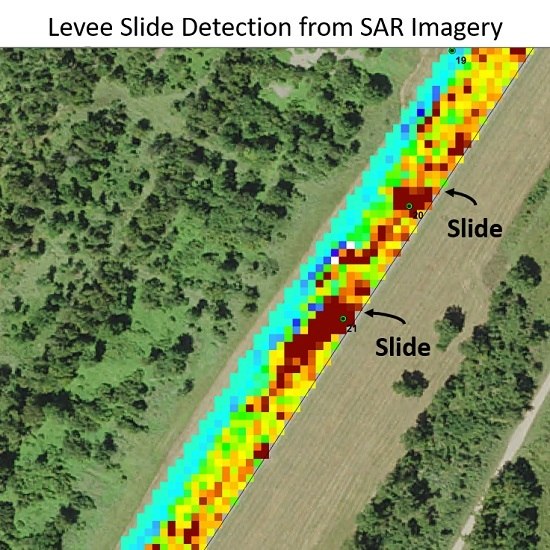Screening Mississippi River Levees Using Texture-Based and Polarimetric-Based Features from Synthetic Aperture Radar Data
Abstract
Share and Cite
Dabbiru, L.; Aanstoos, J.V.; Ball, J.E.; Younan, N.H. Screening Mississippi River Levees Using Texture-Based and Polarimetric-Based Features from Synthetic Aperture Radar Data. Electronics 2017, 6, 29. https://doi.org/10.3390/electronics6020029
Dabbiru L, Aanstoos JV, Ball JE, Younan NH. Screening Mississippi River Levees Using Texture-Based and Polarimetric-Based Features from Synthetic Aperture Radar Data. Electronics. 2017; 6(2):29. https://doi.org/10.3390/electronics6020029
Chicago/Turabian StyleDabbiru, Lalitha, James V. Aanstoos, John E. Ball, and Nicolas H. Younan. 2017. "Screening Mississippi River Levees Using Texture-Based and Polarimetric-Based Features from Synthetic Aperture Radar Data" Electronics 6, no. 2: 29. https://doi.org/10.3390/electronics6020029
APA StyleDabbiru, L., Aanstoos, J. V., Ball, J. E., & Younan, N. H. (2017). Screening Mississippi River Levees Using Texture-Based and Polarimetric-Based Features from Synthetic Aperture Radar Data. Electronics, 6(2), 29. https://doi.org/10.3390/electronics6020029









